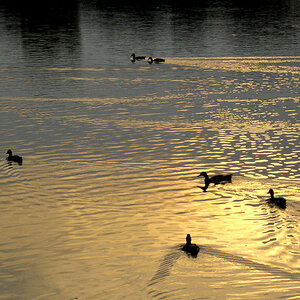dxqcanada
Been spending a lot of time on here!
- Joined
- Dec 4, 2008
- Messages
- 7,821
- Reaction score
- 1,673
- Location
- Woodbridge, Ontario, Canada
- Can others edit my Photos
- Photos OK to edit
The f-number (or strictly the T-stop) is the determining factor for image brightness. The diameter of the entrance pupil is the determining factor for light gathering (the focal length then comes into play to determine the image brightness, because of its effect on magnification).
For two lenses of the same focal length and entrance pupil diameter (and hence the same f-number) but different front element diameters, the light gathering ability and image brightness will be the same.
The diameter of the front element is determined by the relative positions of the entrance pupil and front element*, and by the angle of view. Ideally the entrance pupil should be fully visible through the front element over the entire angle of view of the lens. This means that the closer the front element is to the entrance pupil, the smaller it can be; and the narrower the angle of view the smaller the front element can be when compared to the entrance pupil. There are telephoto designs for which the entrance pupil almost fills the front element, and wide angle designs for which the front element is very large compared to the entrance pupil.
*There are cases where the front element is also the entrance pupil (simple lenses, telescopes), thus the size of the front element determines the entrance pupil diameter.
Best,
Helen
I agree.
That's what I was trying to say with my funnel question ... though I don't think it worked :thumbup:





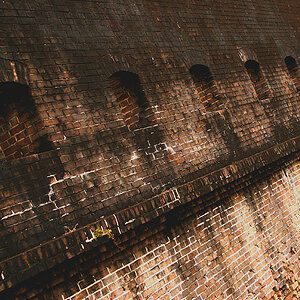
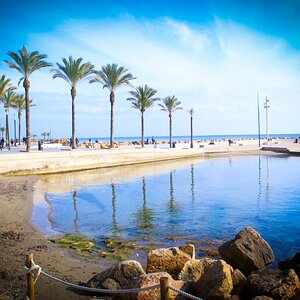
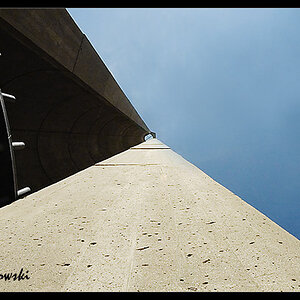
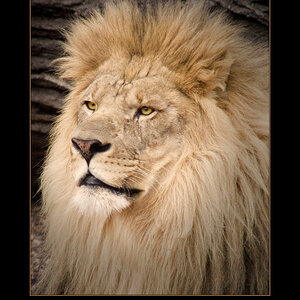

![[No title]](/data/xfmg/thumbnail/32/32161-a5da499a329f1fae945778aac75d4442.jpg?1619735234)

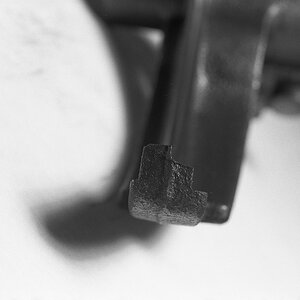
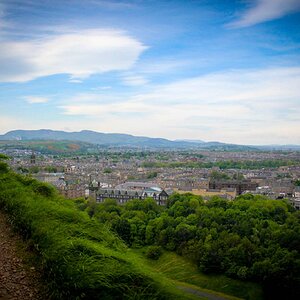
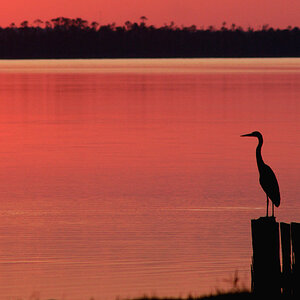
![[No title]](/data/xfmg/thumbnail/30/30889-6a35eb14fac2d7d837d49a6a1757d874.jpg?1619734500)
